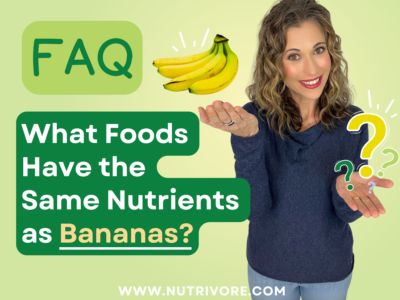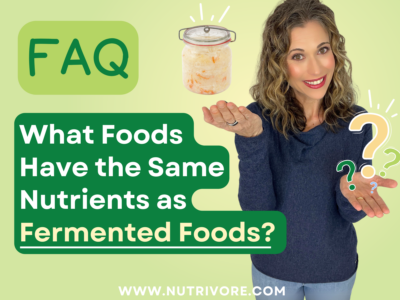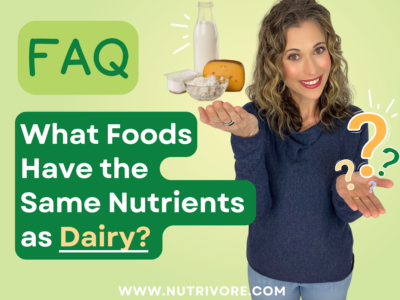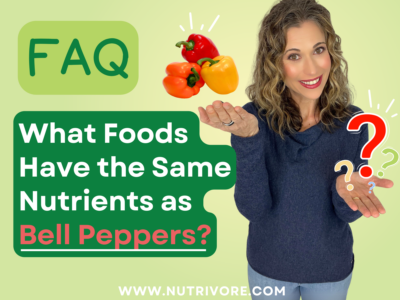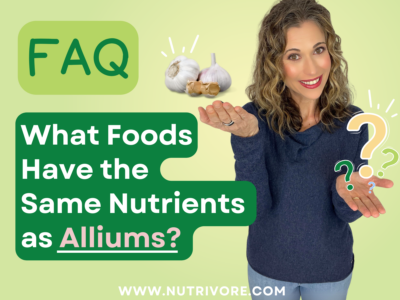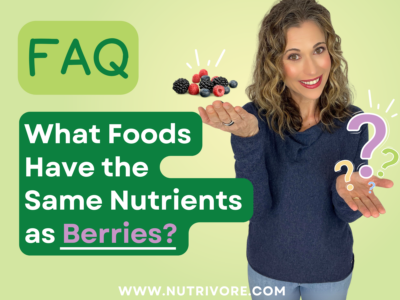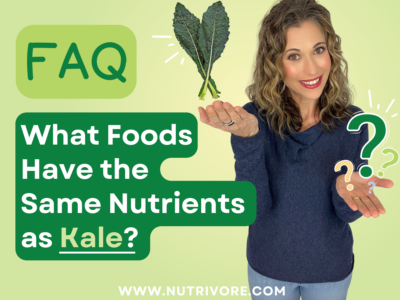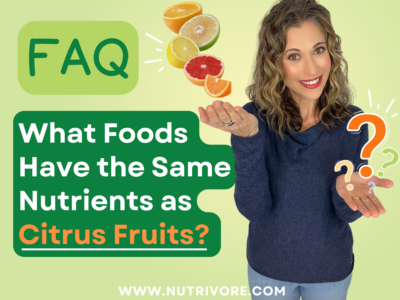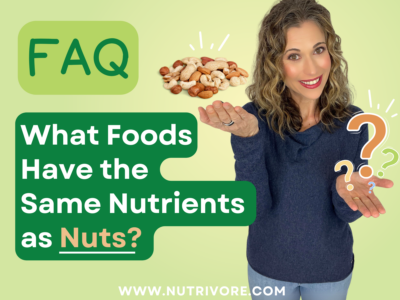What Family of Vegetables Do Beets Belong To?
Beets are members of the root vegetable family, which refers to any vegetable that grows beneath the ground. This includes not only “true” roots (like sweet potatoes), but also bulbs (like onions and garlic), rhizomes (like ginger and lotus root), corms (like taro and water chestnuts), and tuberous stems (like potatoes and Jerusalem artichokes).
What Nutrients Do Beets Contain?
Root veggies are among the most nutrient-dense carbohydrates in the plant kingdom, boasting an impressive array of vitamins and minerals (especially copper, vitamin B9 (folate), iron, magnesium, manganese, vitamin B3, vitamin B5, potassium, vitamin B1, vitamin B6, and vitamin C), and phytonutrients. They are also nutrient-dense sources of dietary fiber and resistant starch that support the growth of beneficial bacteria in our guts.
Beets, specifically, are the most concentrated food source of a type of phytonutrient called betalains, which give beets both their distinctive color and flavor.
Per 1-cup serving, beets are a best source (>50% daily value) of betalains; an excellent source (20-50% daily value) of polyphenols and vitamin B9 (folate); and a good source (10-20% daily value) of copper, fiber, and manganese.
Health Benefits Associated With Beets
Root vegetables are the most beneficial vegetable family for our overall health. When studied as a general food group, they’ve been shown to be protective against the following conditions: all-cause mortality, mental health, cancer, cognitive decline, and diabetes.
When looking at beets specifically, research shows they are awesome for cardiovascular health, due to their ability to reduce blood pressure, blood sugar, and blood glucose. They can even potentially benefit athletic performance due to their nitrate content, as well as reduce muscle soreness. Various components of beets have also been shown to inhibit cancer growth and induce autophagy.
The key nutrient that makes beets special are betalains. Betalains are particularly beneficial for cardiometabolic health as they reduce the risk of cardiovascular disease and type 2 diabetes. They also support fitness goals by helping endurance athletes run or cycle faster and have better muscle recovery after a workout. In strength training, they help people get more reps and improve muscle recovery. For those just starting out, betalains have been shown to increase step counts and treadmill time. In addition, betalains demonstrate a variety of health-promoting biological activities, most notably as powerful antioxidants. They also have antiviral, antifungal, antiprotozoal, and antibacterial activity, including inhibiting the growth of a very wide range of pathogens. Betalains have anti-inflammatory and anti-cancer properties, inhibiting growth and inducing apoptosis of a variety of malignant cell types in addition to preventing DNA damage. They have been shown to lower serum glucose levels, decrease the postprandial glucose response and insulin secretion (even in people drinking 300 grams of glucose together with 250mL of beetroot juice) and even protect against complications of diabetes, such as kidney injury. Betalains improve lipid profiles, including reducing total cholesterol, triglycerides and LDL cholesterol while increasing HDL cholesterol. They also lower blood pressure and improve vascular endothelial function!
Ways To Eat Beets
If you don’t like beets because of their strong earthy flavor, it’s due to a phytonutrient called geosmin. While there isn’t a specific gene identified for detecting that earthy flavor, some people are more sensitive to it than others. What can you do if you are one of them? Geosmin levels seem to be cultivar specific so if you’re not a fan of “earthy” tasting beets, choose varieties that are lower in geosmin. That may mean you need to try a few different types to find one that works. Some studies show that varieties without red pigment have lower levels of geosmin so that’s a good place to start – these varieties might have milder flavors which you may prefer. In addition to cultivar specific differences, analysis of mature beets also indicates that peels contained 6 times the amount of geosmin compared to the bodies and cores of the veggie, so peeling beets is another way to help reduce the undesirable taste.
In addition, geosmin can be chemically transformed to a more neutral flavor with acid. This is why you might prefer pickled beets. Try a recipe that combines beets with some kind of acid, such as lemon juice or vinegar, to reduce the earthy taste. One of my favorite recipes is to roast beets with balsamic vinegar. Alternatively, you could try different ways of preparing beets that may help mask the taste. For example, if you’re not a fan of raw beets, try roasting them which helps bring out their sweetness and pickled or fermented beets have strong flavors that may overpower the ‘mustiness’ of beets. Lastly, you can combine beets with other fruits and veggies in soups or smoothies to help hide their overpowering taste.
With all of these tips, I’m sure those of you who are predisposed to avoiding this veggie can “beet” your innate disklike of this nutrient-dense food!
What if I Don’t Like Beets?
Wondering how to reap the health benefits associated with beets if you aren’t a fan of this healthy food or can’t eat them due to an allergy, I’ve got you covered!
What makes beets so special nutritionally is a class of phytonutrients called betalains. Betalains are not found in many foods, and beets are by far the best source. Importantly, all beets have betalains, so if you prefer golden beets or candy cane beets, they are an equal trade for red beets. If you don’t like any kind of beets, but want to reap the nutritional value associated with betalains, the next highest foods in terms of betalain content are rainbow chard and red-fleshed dragon fruit. Red dragon fruit is hard to find fresh but much easier to find freeze-dried or frozen. Beet greens, which taste like chard and not much like beets, are also an option. Other foods that contain betalains include prickly pear fruit, some varieties of wild mushrooms you would have to forage (like bicolor boletes), and amaranth, both the greens and the seeds. (Other red and purple foods get their color from anthocyanins, a type of polyphenol, and you never find anthocyanins and betalains in the same plant!)
As always, it’s important to remember that you don’t have to eat beets if you don’t want to. Focus on all of the nutrient-dense foods you enjoy, have access to, and can afford and prepare them in a way that you love! There is no one perfect Nutrivore diet—there is a ton of flexibility of food choice that aligns with Nutrivore principles. And, Nutrivore celebrates every small step you take towards consuming a more healthy diet. Don’t forget that the diet you follow or don’t follow now does not impact your long-term health, what does is your lifelong healthy eating patterns!
If you’re interested in my thoughts on nutritional swaps for beets, check out my video below and if you want to learn more about beets check out my detailed article here. Looking for other foods rich in the important nutrients found in beets, including betalains? I’ve got you covered! Check out my Top 25 Foods for Every Nutrient E-Book, which highlights top foods for 42 important nutrients.
Food Swaps
If you’re looking for swaps for other foods check out these posts!



